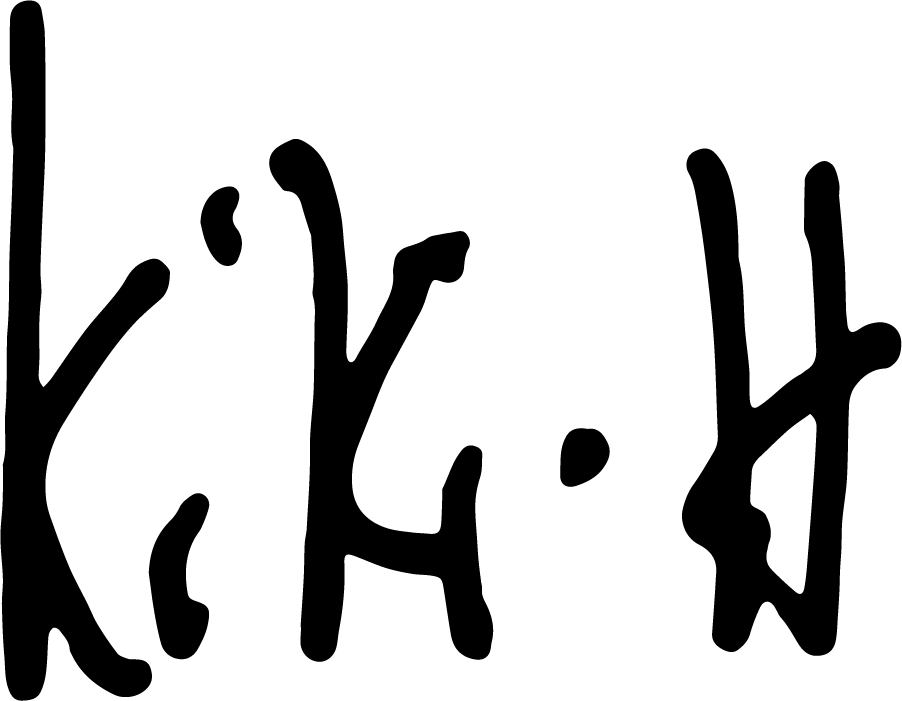Description
What does coffee mean to you?
"Coffee is a way we can all connect, no matter where in the world. I've met some amazing people through Coffee, both in real life, and through Social Media. This past year I think Coffee has brought a lot of comfort and virtual interaction to get us through a tough time and has helped me through it for sure!"
To me it means taking the time out of the day to just relax, pause, and completely focus and enjoy brewing. It means travelling to new places to visit Coffee Shops, places I may never have travelled if it wasn't for Coffee. Connecting with friends and loved ones. Expressing my creativity, whether that's through latte art, photography, creating recipes, it's all very enjoyable.

Detailed Guidance
Use two rinsed paper filters, preheat brewing vessel and cup, discard water, then add coffee
What makes this recipe so special?
I wanted to try and create a lighter AeroPress recipe that would give a result more along the line of a pour-over. I think this is a good recipe for anyone to try. It’s easy to make if you’re new to the AeroPress, but also good if you want to try a new recipe and enjoy your coffee without milk.
How to grind coffee?
Grind setting 1 to 10
1. Extreme fine grinding
<200-200 µ – Extra Fine (I) (confectioners sugar)
it is so fine that is almost impossible to filter/separate, like a powder, usually the finest grading in your grinder. Used for Ibrik/Turkish method because it “dissolves”; in pour-over can clog the filters. The substances extraction is extreme and can lead to a more bitter taste.
2. Finest grinding
300 µ – Fine II (flour)
almost a powder, a little more boulder. Can be used in Ibrik/Turkish coffee, and for some coffee beans in Moka Pot and espresso. The substances extraction is very high but has less surface contact area than the previous one.
3. Fine grinding
400 µ – Fine III Dry (no lumps)
it is fine, but not a powder, you can see little boulder parts. Used mainly for espresso and Moka Pot, but some Aeropress recipes use this grinding in a short time extraction. The substances extraction is high, it has high surface area contact, and it is used in methods with pressure, less time, high temperature.
4. Medium-fine grinding
500-600 µ – Medium – Fine (beach sand)
it is finer than sand, but not as fine than the previous. It is perfect for tuned recipes with pour-over methods, V60, Kalita, et cetera and also for some Aeropress recipes. It can be tricky if you do not master the brewing techniques leading to clogging. The substances extraction is high; it has a high surface contact area, but less than the previous one.
5-6.Medium grinding
700-800 µ – Medium I (Table Salt)
it is the start point for a test with a new coffee, it is a little bit coarse than the medium-fine. Very similar, in consistence and size, to sand. Can be used in various methods like pour-over, siphon, Aeropress, infusion, et cetera. The water-substances interaction is medium here, as the surface contact area is starting to decrease. In this grind size, and beyond, other variables like temperature and time become to influence more and more. It is the grind size that doesn’t extract too much but don’t extract too little.
7. Medium-coarse grinding
900-1000 µ – Medium II Commercial
it has the aspect of sand with boulder particles. Methods like Chemex, Clever and Aeropress benefit a lot from this grinding size, also some pour-overs with a little adjust in the variables. The surface contact area is smaller, so the solubility of the substance in water become to decrease. In this case, extraction is medium and extraction time starting to get more attention.
8. Coarse grinding:
1100-1200 µ – Medium III (Silica Sand)
it is more rough than sand, almost a sea salt, you can see boulder particles. Methods like French Press and some percolators are the best ones applied here. It is also very used to coffee cupping/tasting. In this case, extraction becomes small to medium, there is even less surface contact area with water and extraction time become fundamental.
9. Coarsted grinding
1300-1400 µ – Coarse I (clay particle)
similar to peppercorns. Used mainly for cold brew due to small substances extraction rate because the surface contact area is little, the pores are not available for extraction.
10. Extreme coarse grinding
1500-1600 µ – Coarse II (coarse kosher salt)
also similar to peppercorns, also used for cold brew. The substances are even less extracted than the previous. The surface contact area is small.
1600µ – Extra Coarse (III) – (broken peppercorns)
——-
The grind setting below is from our volunteer Carlos @chaosinrye and @fatima_quest. This is only a draft version.














